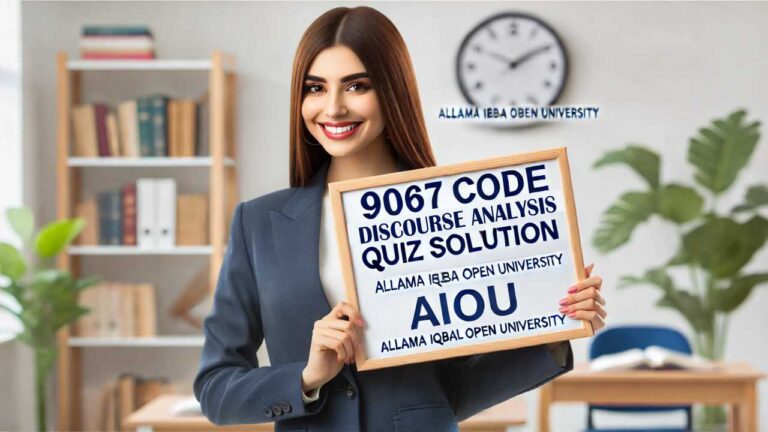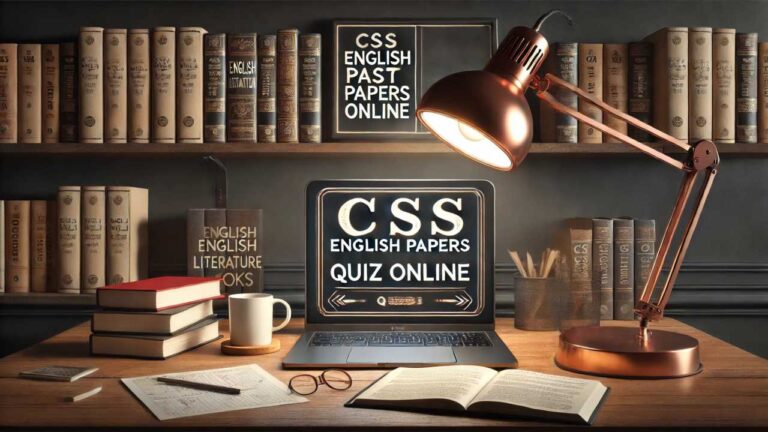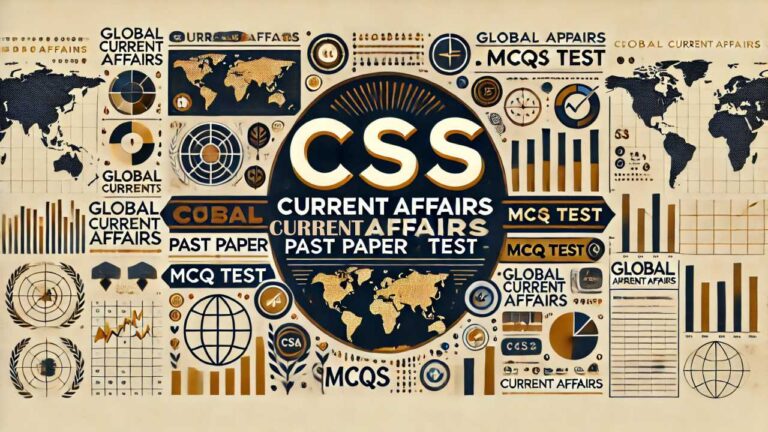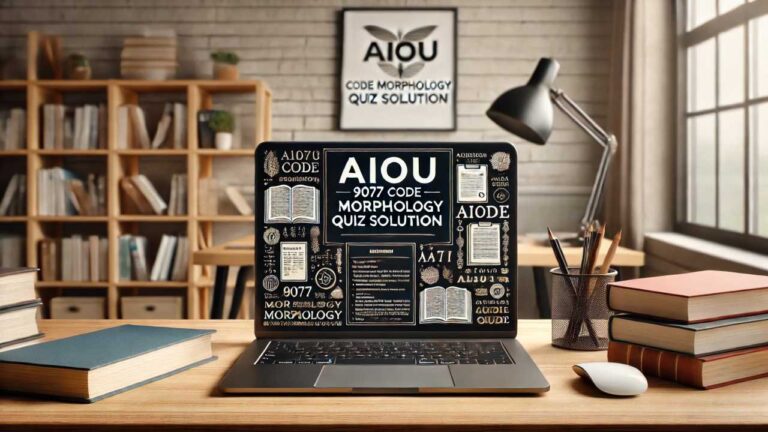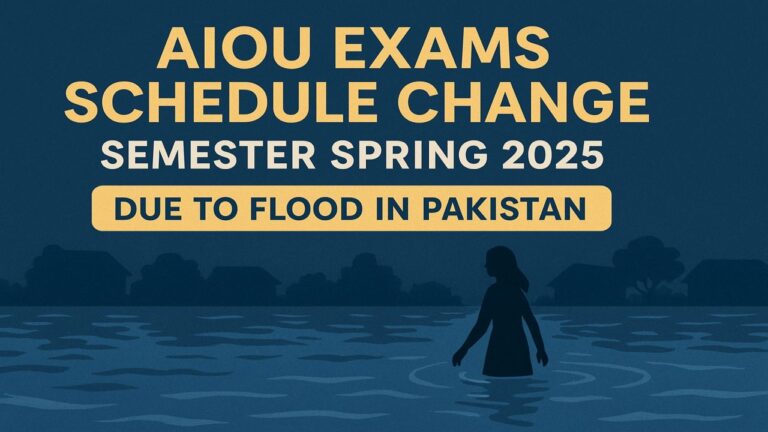The 9067 Code Discourse Analysis Quiz Solution for Autumn 2024 is designed for AIOU (Allama Iqbal Open University) students enrolled in BS (2.5 Years) and BS Classes. This English language course focuses on the study of spoken and written discourse, analyzing language use in different social and cultural contexts. It covers key topics such as text coherence, cohesion, conversational analysis, and critical discourse studies. The quiz solution provides detailed explanations to help students understand how meaning is constructed through language. For more AIOU quiz solutions, visit mrpakistani.com, where a variety of educational resources are available to assist in exam preparation.
9067 Code Discourse Analysis
Quiz Solution Autumn 2024
Quiz Solution Autumn 2024
1. How did Lazar (2002) analyze the representations of motherhood and fatherhood in the advertising campaign in Singapore?
a. Applying a critical Hallidayan framework
b. Using historical methods
c. Conducting interviews with participants
d. Employing computer software
2. The term “politeness” generally refers to:
a. Social and cultural norms of behavior
b. Political ideologies
c. Personal preferences
d. Physical appearance
3. Challenge associated with discourse and grammar is:
a. Overuse of idiomatic expressions
b. Avoidance of stylistic devices
c. Lack of complexity in communication
d. Ambiguity leading to misunderstandings
4. _____________________ is an important approach within the broader field of discourse analysis which rigorously and systematically analyzes naturally occurring conversations.
a. Stylistics Analysis
b. None of the above
c. Conversation Analysis
d. Discourse Analysis
5. Primary focus of lexical cohesion in a text is:
a. Syntactic structures
b. Relationship between content words
c. Pronoun usage
d. Cultural knowledge
6. ____________________ involve human participants who are required to take turns to make conversation achieve its communicative agenda.
a. Discourse
b. Conversations
c. Discussion
d. Analysis
7. Woods (2006) emphasizes ‘language in use,’ highlighting the word ‘real’ to denote language used by real people in real contexts. The second definition of discourse goes beyond linguistic forms and emphasizes:
a. Grammar rules
b. Cultural context
c. Linguistic structures
d. Isolated language use
8. Owing to its stylistic features, _____________________ genre does not exhibit a linear relationship between the linguistic forms and their corresponding functions.
a. Literary Device
b. Political Discourse
c. Advertising Language
d. Stylistic Devices
9. What is the main goal of “analytic activism” in Feminist CDA?
a. To develop standardized methods for discourse analysis
b. To produce objective research findings regardless of personal bias
c. To achieve political influence for specific feminist groups
d. To raise awareness about discriminatory language practices
10. What is the primary nature of Feminist Critical Discourse Analysis (Feminist CDA) within the broader field of discourse analysis?
a. Both theoretical and methodological
b. Exclusively theoretical
c. Purely methodological
d. Neither theoretical nor methodological
11. Which of the following is NOT a typical focus of CDA analysis?
a. The use of metaphors in political speeches
b. The grammatical complexity of scientific texts
c. News media framing of political events
d. Gender representation in advertising
12. _______________ is marked by unique complexities of its own kind based on its adherence to literary traditions and conventions.
a. Stylistic Devices
b. Linguistics
c. Advertising Language
d. Literary Discourse
13. In the sentence, ‘That accident was terrible’, what type of reference is the word ‘that’?
a. Homophoric reference
b. Anaphoric reference
c. Cataphoric reference
d. Exophoric reference
14. Short (1989) discusses the notion that a piece of literary text has the potential to generate an infinite number of interpretative meanings. However, Short argues that, in reality, the range of interpretations for even the most discussed texts is:
a. Remarkably small
b. Unpredictable
c. Highly subjective
d. Theoretically infinite
15. Wodak emphasizes that CDA examines:
a. The accuracy of scientific terminologies
b. The emotional impact of different writing styles
c. The hidden power structures within language
d. The historical development of grammar rules
16. Discourse of __________________ is the chief representative of the discourses which influence and shape people’s perceptions.
a. Product
b. Politics
c. Advertising
d. Linguistics
17. According to Woods (2006), the term ‘discourse’ is adopted by linguists to study language in use, recognizing that language is more than just the sum of linguistic elements. It involves language plus:
a. Assumptions
b. Structure
c. Context
d. Grammar
18. What types of discourses does discourse analysis examine?
a. Only spoken and written discourses
b. Only semiotic discourses
c. Both spoken and written discourses, as well as semiotic discourses
d. Only literary discourses
19. Purpose of reference in a text is to:
a. Confuse the reader
b. Establish connections between different parts of the text
c. Avoid cohesion
d. Create repetition
20. What competing discourses of maternity did Coates identify in her research?
a. Structuralist and functionalist discourses
b. Dominant and alternative discourses
c. Traditional and modern discourses
d. Formalist and post-structuralist discourses
21. Mills (1997) highlights the varied usages of the term “discourse analysis” over its short history, shifting from highlighting one aspect of language use to another, indicating:
a. Historical specificity
b. Theoretical ambiguity
c. Linguistic versatility
d. Methodological consistency
22. What does Feminist CDA consider as its basic premise in language exploration?
a. Socio-historic context tied to power
b. Literal interpretations
c. Exclusively linguistic context
d. Gender-neutral language
23. Entailment in the context of communication is:
a. A statement that is irrelevant to the main message
b. Something logically inferred or drawn from an utterance
c. Information that contradicts the main message
d. A false presupposition made by the speaker
24. What does Critical Discourse Analysis (CDA) aim to challenge?
a. Accepting words without substance
b. Promoting self-evident truths
c. Establishing unequal language practices
d. Validating powerful members of society
25. How did Garnsey and Rees categorize their approach in analyzing the documents related to Opportunity 2000?
a. Structural linguistics
b. Descriptive linguistics
c. Stylistic analysis
d. Critical linguistics
26. Indirect speech acts are closely associated with:
a. Perlocutionary speech acts
b. Politeness
c. Constative speech acts
d. Illocutionary speech acts
27. Edward Said’s critical notion of ‘Orient’ and ‘Occident’ reveals that the construction of social reality is influenced by:
a. Economic factors
b. Scientific theories
c. Media and cultural productions
d. Political ideologies
28. ___________________ like metaphor and hyperbole are incorporated at phrase or sentence level.
a. Stylistic Devices
b. Communication
c. Stylistic Analysis
d. Political Discourse
29. According to the Cooperative Principle, conversations are generally considered:
a. Incoherent
b. Redundant
c. Competitive
d. Cooperative
30. Working with spoken discourse is challenging due to factors such as seeking informed consent, audio/video recordings, and capturing:
a. Semiotic or prosodic data
b. Grammatical intricacy
c. Nominalization
d. Lexical density

